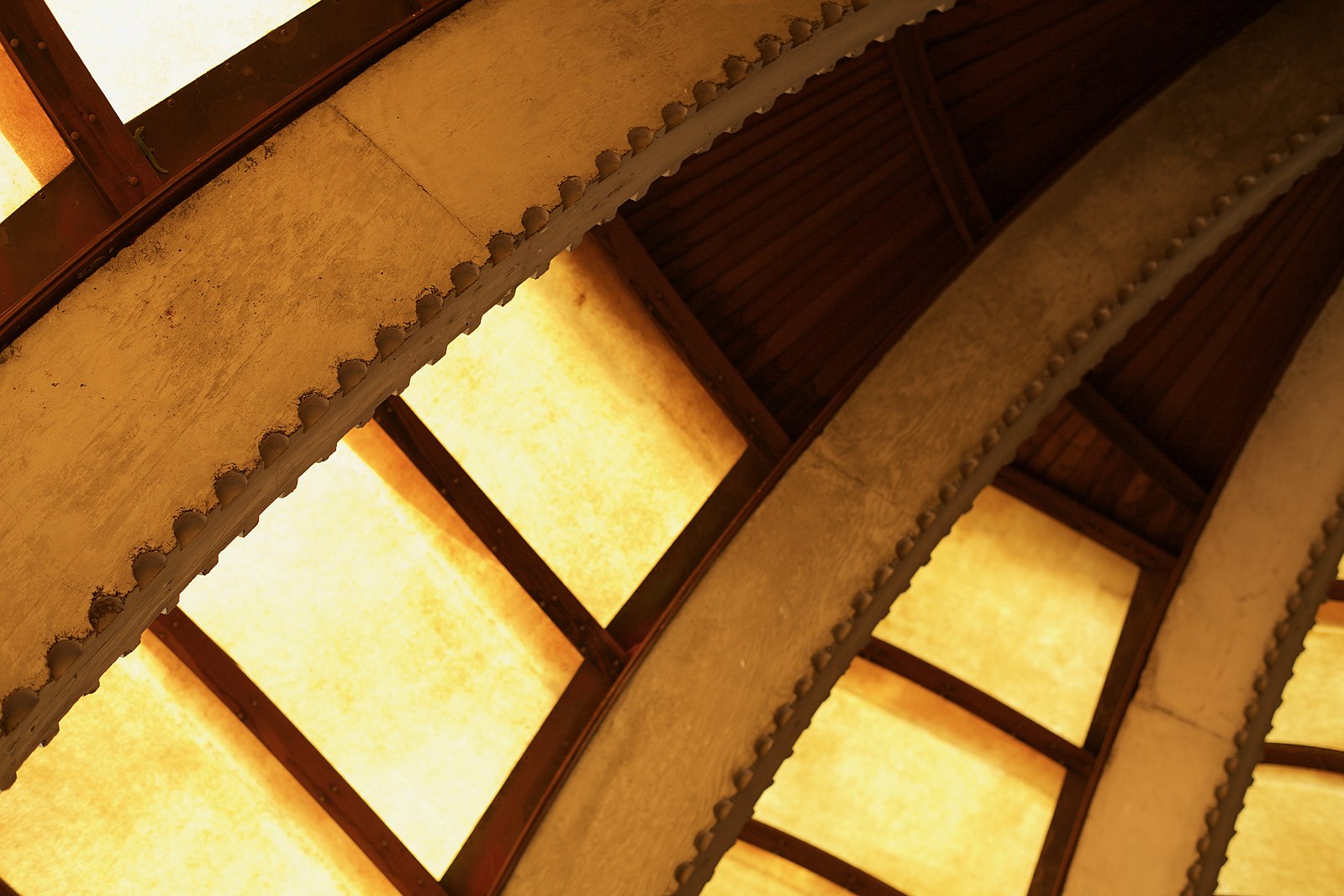Difference Between Asbestos and Fiberglass
Asbestos and fiberglass are both fibrous minerals composed of extremely thin fibers, but fiberglass is considered safer than asbestos, thanks to its excellent performance in thermal environments and higher tensile strength. It is generally considered safe when installed properly. Fiberglass was first commercially synthesized in the 1930s and have become one of the most versatile and widely disseminated materials of today’s culture. Fiberglass is a man-made material while asbestos is a naturally occurring mineral composed of thin fibers. However, due to the potential health risks caused by asbestos, its use is banned in many countries. However, it is not banned in the United States.

What is Asbestos?
Asbestos has been known for thousands of years. Archaeological studies in Finland suggest the evidence of asbestos fibers in pottery. Although, the use of asbestos goes as far back as 2500 BC, the commercial production of asbestos began around 1850 with the manufacturing of paper and cloth in Italy. With the development of asbestos mining in Canada and South Africa and the Industrial Revolution, the manufacturing of asbestos products grew rapidly. Asbestos is a common name for a group of naturally fibrous minerals composed of extremely thin fibers. It is mainly a group of six naturally occurring fibrous minerals, out of which chrysotile is the most commonly used asbestos and accounts for over 95% of the total world production of natural mineral fibers. It is known to be present in thousands of manufacturing products, including roofing and insulation materials in both commercial and residential buildings.

What is Fiberglass?
Fiberglass is a form of fiber-reinforced plastic used as a substitute for asbestos, particularly in the field of heat insulation. Fiberglass offers more high temperature resistance than cotton and other polyester fibers and has been considered suitable substitute for asbestos. For many years, all types of racing cars have been constructed with lightweight materials on top of aluminum and steel, including fiberglass. In fact, the famous Corvette has always been built of fiberglass. However, fiberglass cannot be used successfully in friction materials such as brake band linings, nor in some of the highly specialized electrical insulation uses. Like asbestos, fiberglass is made up of long, thin fibers of glass which can be transformed into a woven layer. The best part; fiberglass can be molded into different complex shapes. This is why fiberglass is used in automobiles, aircraft boats, storage tanks, bathtubs, pipes and roofing.
Difference between Asbestos and Fiberglass
Basics
– Asbestos is a common name for a group of naturally fibrous minerals composed of extremely thin fibers. It is mainly a group of six naturally occurring fibrous minerals, out of which chrysotile is the most commonly used asbestos. All the silicate minerals are composed of long, thin fibrous crystals. It is a naturally occurring mineral. Fiberglass, on the other hand, is a man-made fiber-reinforced plastic used as a substitute for asbestos because of the adverse health risks of asbestos. Fiberglass can be molded into different complex shapes.
Composition
– Fiberglass is a reinforced plastic material composed of long, thin fibers of glass that can be transformed into a woven layer. All glass fibers are are derived from compositions containing silica. They are formed by fusing silica with minerals, which contain the oxides needed to form a given composition. The molten mass is then rapidly cooled to prevent crystallization and formed into glass fibers by a process known as fiberization. Asbestos, on the other hand, is a collective term for a group of fibrous minerals which include chrysotile, tremolite, actinolite, anthophyllite, grunerite, and riebeckite.
Properties
– Fiberglass offers more high temperature resistance than cotton and polyamide, making it a suitable substitute for asbestos. Fiberglass has an exceptionally high tensile strength and offers better continuous operating temperature than asbestos, but lacks the cut resistance of asbestos. Fiberglass is inorganic so it does not burn or support combustion and it has excellent resistance to most chemicals. In addition, it also exhibits excellent performance in thermal environments because of low coefficient of thermal linear expansion and high coefficient of thermal conductivity.
Uses
– Fiberglass is non-conductive which makes it an ideal choice for electrical insulation. Fiberglass is used in automobiles, aircraft boats, storage tanks, bathtubs, pipes, septic tanks, cladding and roofing. However, fiberglass cannot be used successfully in friction materials such as brake band linings. Asbestos, on the other hand, is used in thermal system insulation, surfacing materials, reinforcement, fireproofing, pipework lagging, floor tiles, cement pipe and sheets, gaskets, friction materials, etc.
Fiberglass vs. Asbestos: Comparison Chart

Summary of Fiberglass vs. Asbestos
Asbestos is a common name for a group of naturally fibrous minerals composed of extremely thin fibers. It is said to be present in thousands of manufacturing products, including roofing and insulation materials in both commercial and residential buildings. Fiberglass is a form of fiber-reinforced plastic used as a substitute for asbestos, particularly in the field of heat insulation. Fiberglass, apparently, is also easier for the longs to absorb than asbestos. However, fiberglass has an exceptionally high tensile strength and offers better continuous operating temperature than asbestos. Plus, it also exhibits excellent performance in thermal environments, making it an ideal substitute for asbestos.
- Difference Between Caucus and Primary - June 18, 2024
- Difference Between PPO and POS - May 30, 2024
- Difference Between RFID and NFC - May 28, 2024
Search DifferenceBetween.net :
Leave a Response
References :
[0]Image credit: https://commons.wikimedia.org/wiki/File:Fiberglass_panels_are_supported_by_concrete_arches.jpg
[1]Image credit: https://s0.geograph.org.uk/geophotos/02/17/47/2174737_57c419d9.jpg
[2]Peters, S.T. Handbook of Composites. Berlin, Germany: Springer, 2013. Print
[3]Ross, Malcolm, et al. Asbestos and Other Fibrous Materials: Mineralogy, Crystal Chemistry, and Health Effects. Oxford, United Kingdom: Oxford University Press, 1988. Print
[4]Wallenberger, Frederick T. and Paul A. Bingham. Fiberglass and Glass Technology: Energy-Friendly Compositions and Applications. Berlin, Germany: Springer, 2009. Print
[5]West, Bernadette, et al. The Reporter’s Environmental Handbook. New Brunswick, New Jersey: Rutgers University Press, 1995. Print
